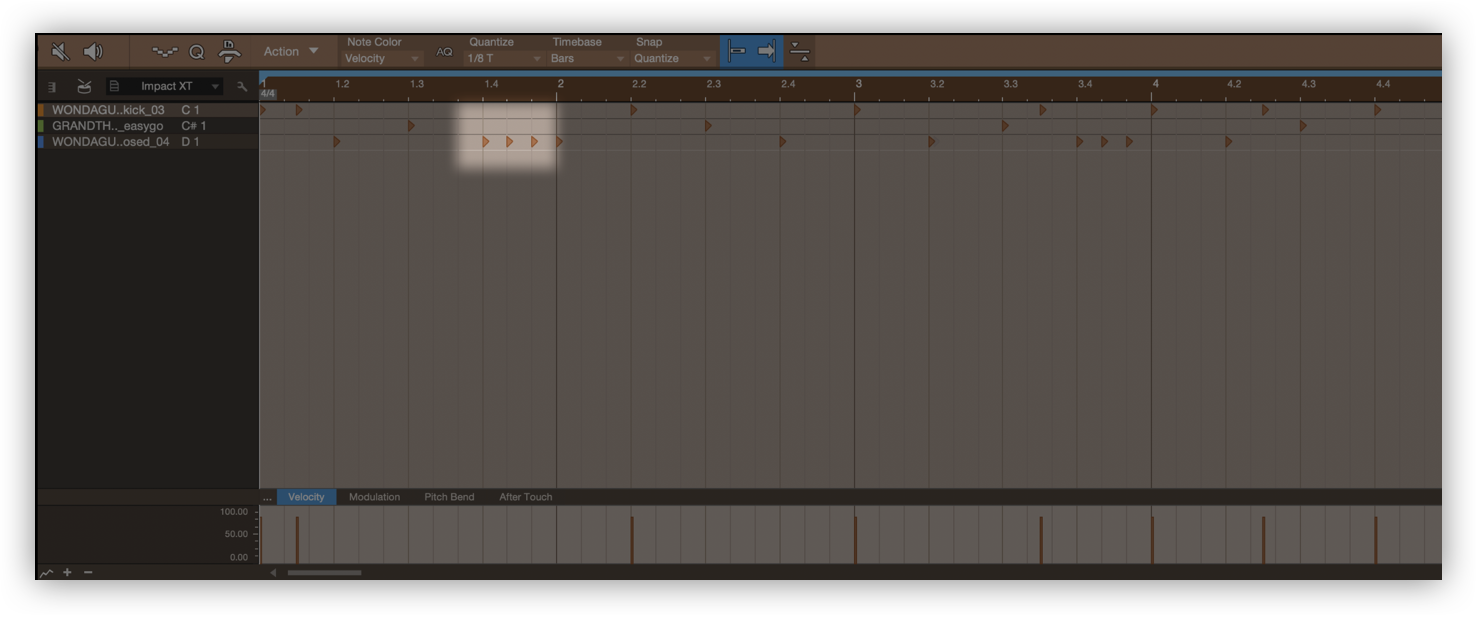Rhythms in pop music are typically structured within either duple or quadruple meter.
These meters divide beats into twos or fours. However, we can divide each beat into odd numbers as well – rhythms created by these divisions are known as tuplets.
The most common tuplet is called a triplet. A triplet divides each beat into three evenly-spaced notes, referred to as subdivisions.
In this video tutorial, let’s explore how you can use triplets and other tuplets to increase the rhythmic interest in your music.
Below, we’ve highlighted some key tips from the video.
Three common types of tuplets
Before we dive into how to apply tuplets in your music, let’s overview three common tuplet types that you might come across.
1. Triplets
A triplet divides each beat into three subdivisions. As mentioned above, triplets are the most popular tuplet. Eighth note triplets (triplets that subdivide quarter notes) are particularly common, and are typically displayed as 1/8T in DAWs.
Here’s a drum pattern that makes use of triplets:
2. Quintuplets
A quintuplet divides each beat into five subdivisions. When using larger tuplets such quintuplets, it sounds musical to further divide the five subdivisions into groups of three + two or two + three.
Here’s a drum pattern that makes use of quintuplets:
3. Septuplets
A septuplet divides each beat into seven subdivisions. A musical way to feel the seven subdivisions could be some ordering of groups of two + two + three.
Here’s a drum pattern that makes use of septuplets:
Using triplets in a hip hop hi hat pattern
Now that we’re familiar with triplets and other tuplets, let’s explore how we can weave them into our music. Take a listen to this hi hat rhythm:
Even though most of the hi hat rhythms are in regular eighth notes, adding a triplet on beat four adds extra energy to the pattern.

Using triplets with a four-on-the-floor beat
Take a listen to this four-on-the-floor rhythm:
In this groove, the triplets are established by the shaker loop and bass pattern. The bass accentuates the second and third partials of the triplet, driving the tuplet feel of the beat.

How do you incorporate triplets and other tuplets into your music? Let us know in the comments below.
Explore royalty-free melodies, chord progressions, and grooves by key, BPM, genre, and more:
August 23, 2019



